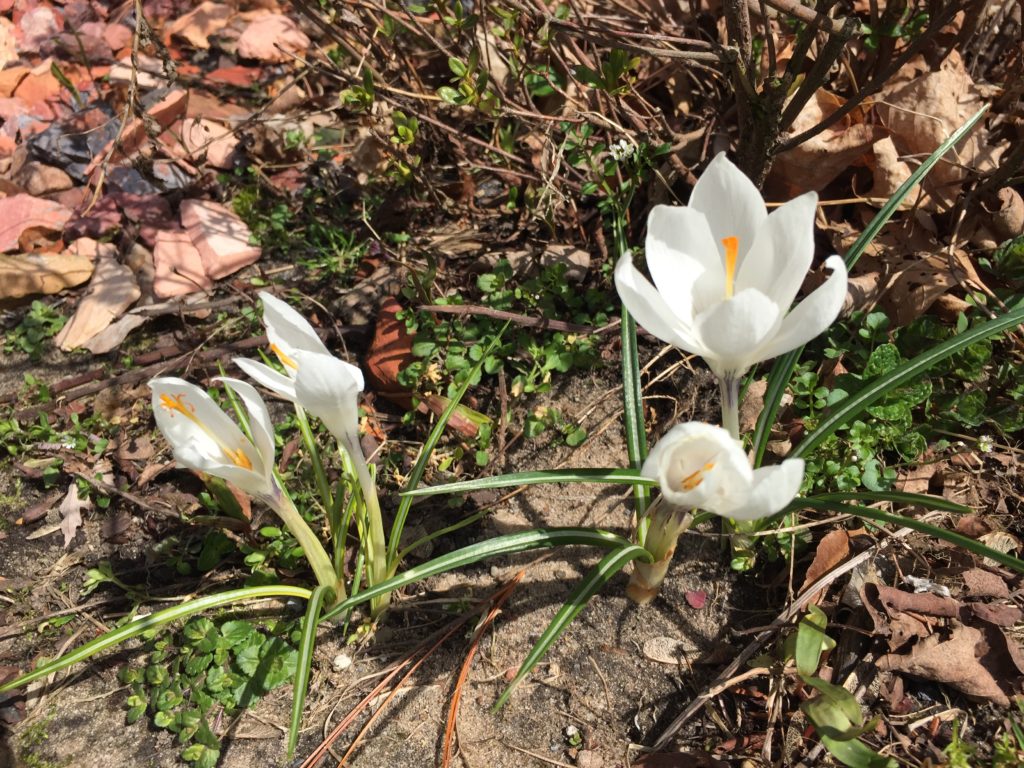In case you think Easter is in the rearview mirror, I want to tell you about some resurrection stories that continue to stir up hope and faith.
An ICU nurse told me our phone call needed to be cut short because the staff was about to do a “parade.” One of their COVID-19 patients was recovering, and they were sending this person off the unit with an overhead song and parade. After having heard so much about the intense respiratory needs of COVID-19 patients, a song and a parade represent a victory march for the patient and for the staff.
We peek into resurrection stories once in a while, and this is what stirs up hope. COVID-19 is only one threat among so many lurking dangers. It stings to hear when someone has a stroke, or a heart attack, or receives a diagnosis of cancer—all of these and so many more conditions loom with the powerful claws of death threatening a lively, vibrant person.
In case you suspect I’m a worst-case scenario kind of person (which may be true), let me explain: Bracing for bad news means having a chance to prepare. I’ve not come to expect miracles because, miracles are exceptional. To expect miracles seems like an entitled directing of God’s grace. I do look for the graces arising in tragedies as signs of God’s imbuing hope.
I don’t know if I should tell you how giddy I get when I’ve planted some bean seeds and finally see the shoots of new growth appear above the dirt.
My giddiness at the sprouts likely reveals my confidence as a gardener: will those seeds really spring up? I have the same reaction when crocuses first appear, defying the odds of snow and wind and being stomped on by paws from a certain canine who seems not to care one bit that these signs of life mean so much to me. And yes, this has I Corinthians 15 all over it, as the bare seed is buried in order to rise as new life. Incredible, amazing resurrections happen with each plant’s springing up from the dirt. That includes weeds, too, unfortunately. I’m not so sure about the theological implications of that.
I work in a hospital where people undergo stem cell, t-cell, or blood marrow transplants, which is a most amazing treatment. Patients know that their immune systems will be wiped out in the hopes of conquering the cancer that has invaded them; this is the death-resurrection cycle of such treatment. Patients sign consent forms informing them of the dangers, the symptoms, and the possibility that this treatment could cause death, despite the science and smart and caring clinicians. Indeed, I’ve seen the process take people very near death, holding my breath that the reversal of cancer cell invasion has already begun in order to bring these people back to life. Resurrections from transplants like these have no guarantee. They are staking their hope in a physical resurrection based on faith—faith in science, clinicians, and faith beyond anything they know or see. It is so very incredible to see some people get through this brutal treatment and do radiantly well.
One other treatment process may seem more subtle to patients and families is the intervention by our stroke team. I still shake my head at the incredible sadness of hearing, many years ago, of the death of my friend’s mother after experiencing a devastating stroke. And many times, strokes are devastating. However, there are several actions, some surgical, some medical, that have been developed in the past few years that have made for miraculous outcomes. Again, I hold my breath when I hear of someone having a stroke. And when these treatments “work,” we inhale the spirit of hope at their recovery and new chance at life.
We groan with all creation, waiting for redemption, looking for resurrection. We know “God’s mercies are new every morning.” Not being much of a morning person, it sometimes takes a while for the new day to stir alive in me what others have already run ahead to see. Creation bursts with buds and flowers, birds chirping and taunting, squirrels doing their acrobatic ballet across the lawn. The world arises. “Christ is Alive! Let Christians sing!” is our call to action born of mysterious anticipation.
I love being able to say at graveside services that this is not the end of the story. We believe in the resurrection of the dead, after all. I wish we could find a sacred way to sing the exuberant chorus from the musical, Hamilton, “Rise Up!” Maybe the little shoots and stems from stumps, the crocuses and bean sprouts are already practicing their version of “Rise Up!”
Resurrections are happening. They happen in front of us, behind us, stealthily multiplying the evidence that the steadfast love and work and grace of God never ceases.

